The Delaware & Lackawanna, and later the Erie Lackawanna, never had a direct connection to New York City. Its route ended on the western bank of the Hudson, from where ferries bridged the last mile. In 1907 (after the previous building had burned down two years earlier), the current Hoboken Terminal was built, then still the destination of long-distance trains from Buffalo on Lake Erie, today only the terminus of New Jersey Transit's Morristown Line.
Hoboken Terminal (Erie Lackawanna Station), Hoboken NJ, 27.2.2024
Hoboken Terminal (Erie Lackawanna Station), Hoboken NJ, 27.2.2024
The station concourse is magnificently designed as a kind of "detached New York station":
Hoboken Terminal (Erie Lackawanna Station), Hoboken NJ, 27.2.2024
Hoboken Terminal (Erie Lackawanna Station), Hoboken NJ, 27.2.2024
Hoboken Terminal (Erie Lackawanna Station), Hoboken NJ, 27.2.2024
Hoboken Terminal (Erie Lackawanna Station), Hoboken NJ, 27.2.2024
The old piers for cargo ships have long since been transformed into a park from which you can see the whole of Manhattan:
Manhattan seen from Hoboken, 27.2.2024
Manhattan seen from Hoboken, 27.2.2024
Of the five former ferry terminals to Manhattan, three are still in regular use today:
Hoboken Terminal, ferry dock, Hoboken NJ, 27.2.2024
Hoboken Terminal, ferry dock, Hoboken NJ, 27.2.2024
Hoboken Terminal, ferry dock, Hoboken NJ, 27.2.2024
In the evening, commuters from Manhattan flock to the westbound Morristown Line commuter trains:
Hoboken Terminal, ferry dock, Hoboken NJ, 27.2.2024
In the opposite direction, the ferry is completely empty:
Manhattan seen from Hudson River, 27.2.2024
This ferry sails to the dock at the World Trade Center:
Manhattan seen from Hudson River, 27.2.2024
A last look back at the New Jersey skyline:
Hoboken seen from Hudson River, 27.2.2024
Translated partially with DeepL.com (free version)
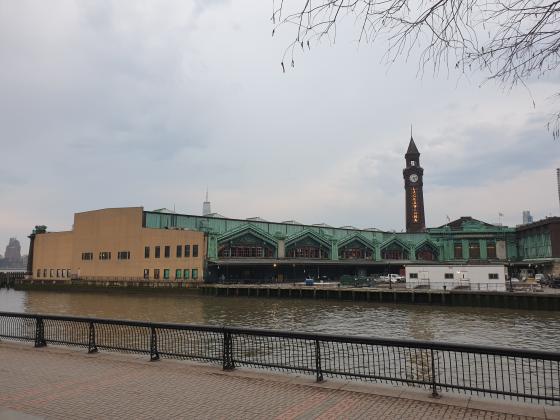
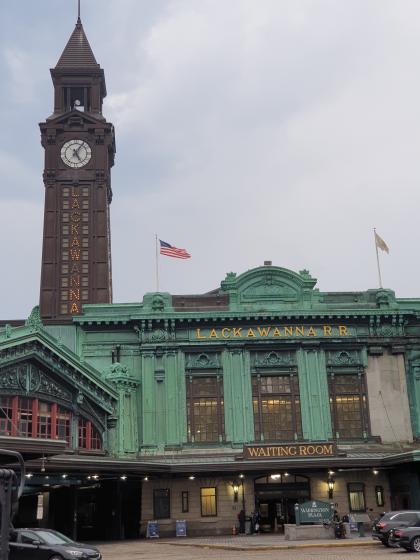
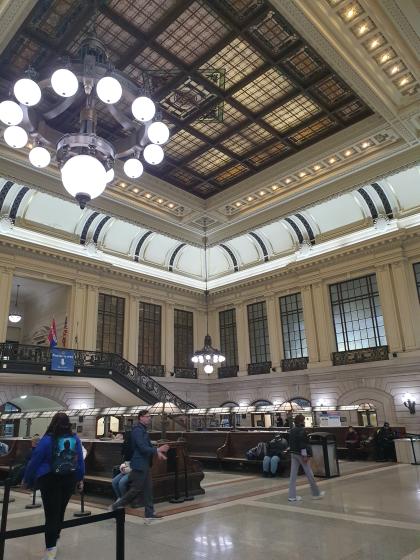
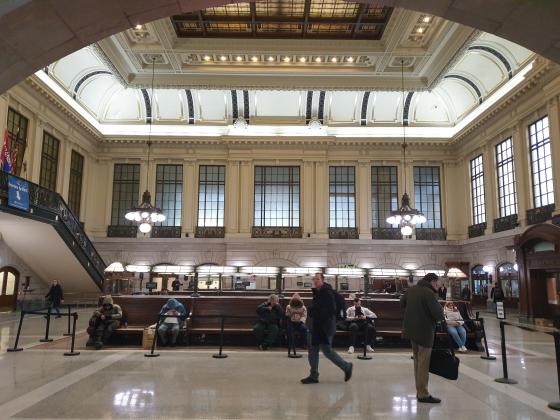
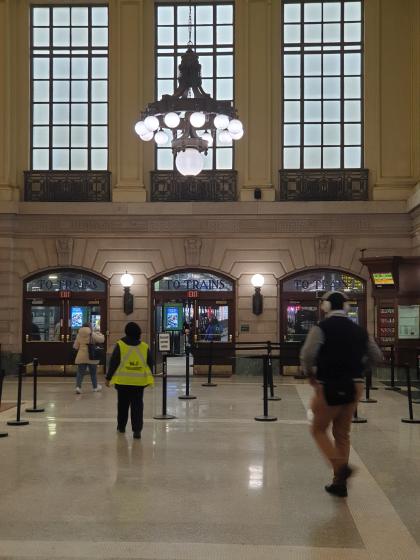
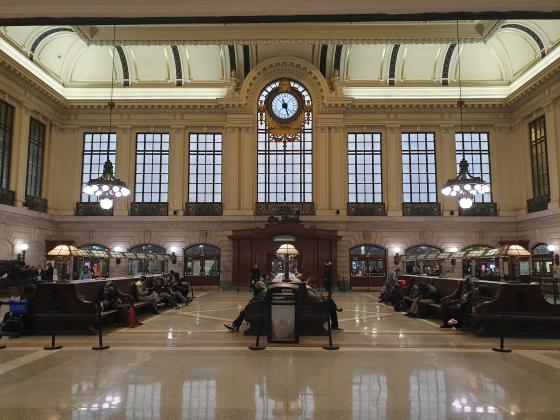


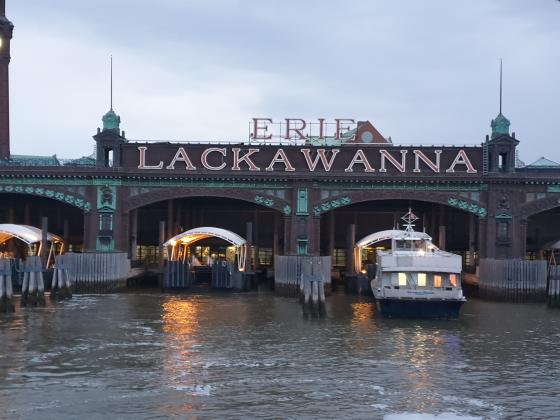
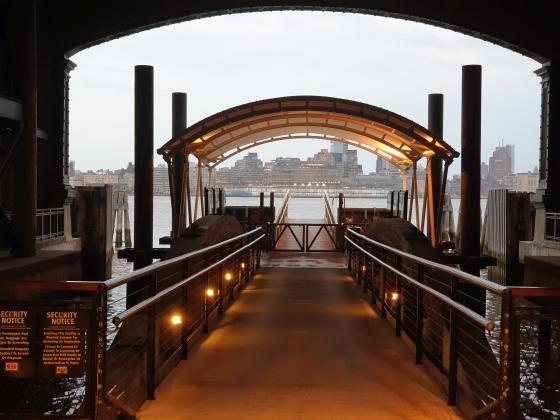
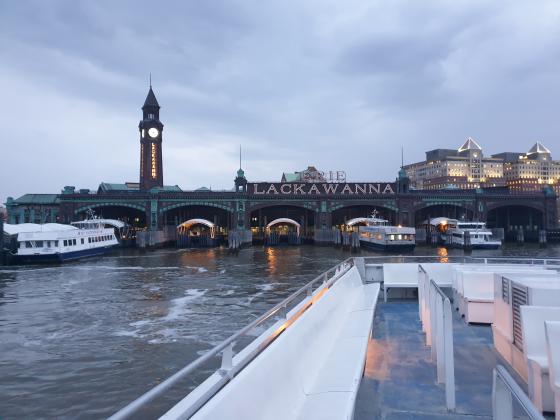
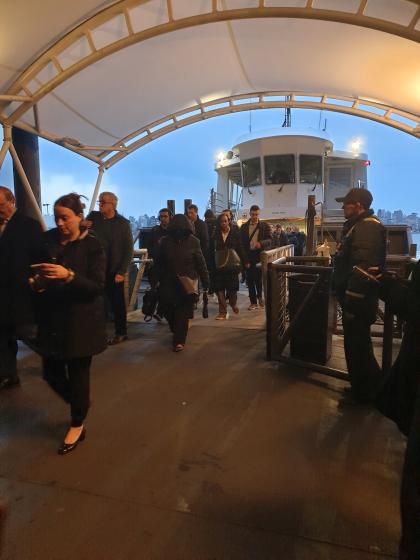
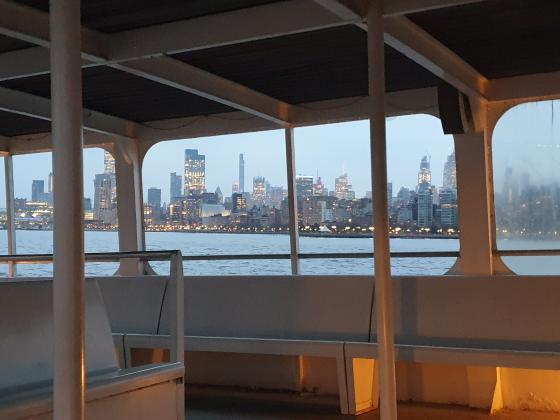
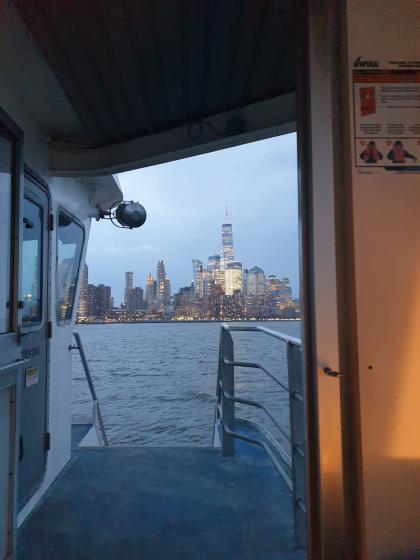
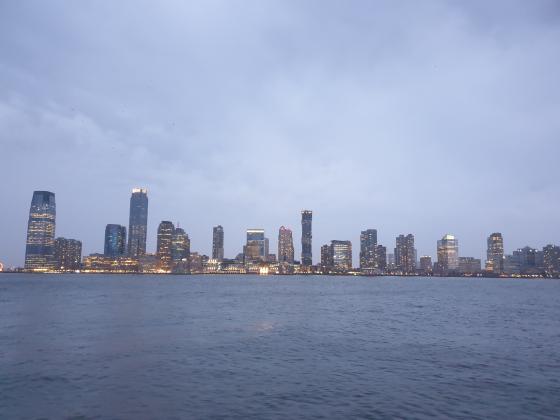
No comments:
Post a Comment